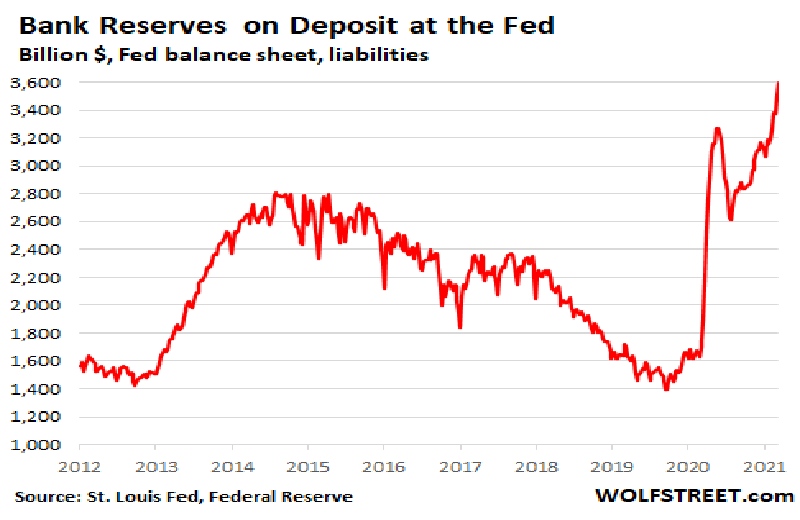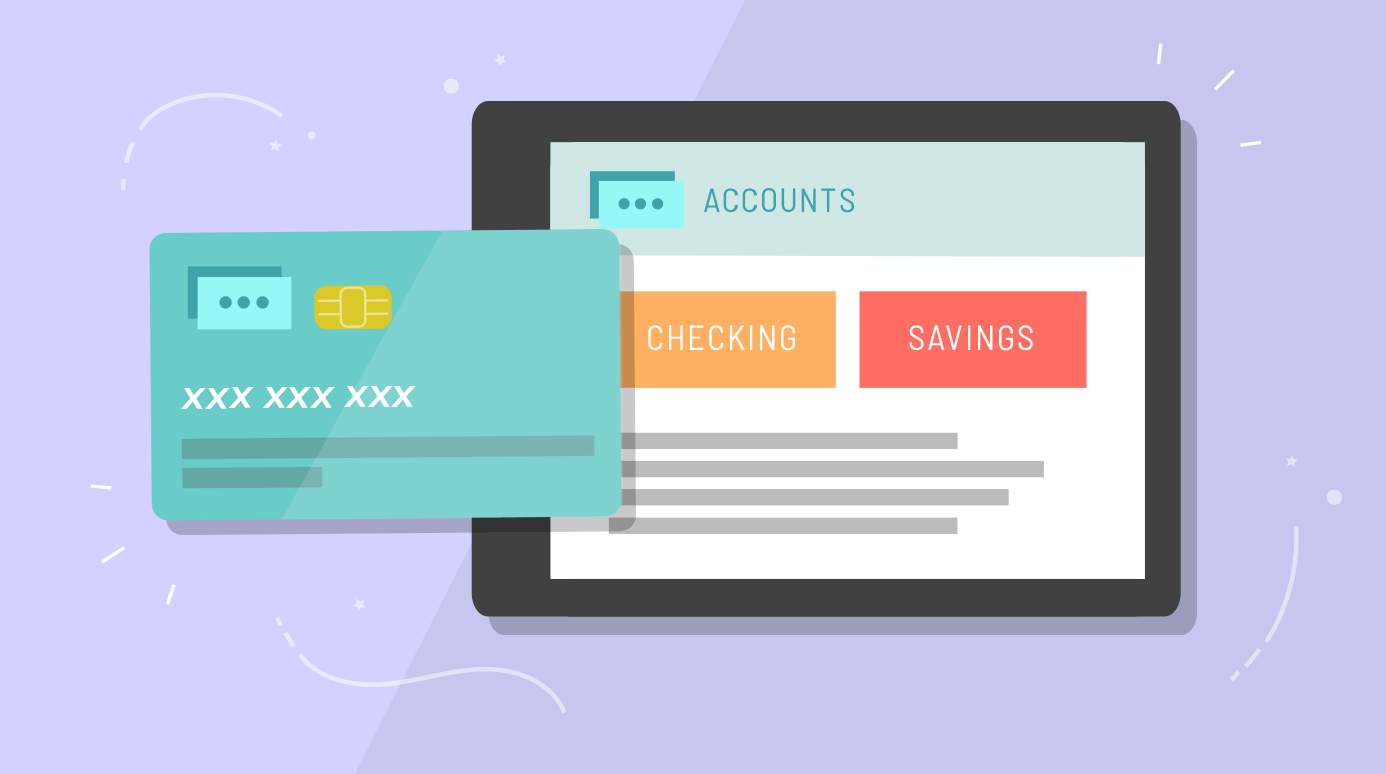Hello!
 In many circumstances, not all of the money deposited into a bank account is instantly accessible for use. A “hold” is a temporary delay in the release of cash. When a certain deposit becomes accessible is determined by the availability of money, and each financial institution has its own rules in place that are regulated by federal legislation.
In many circumstances, not all of the money deposited into a bank account is instantly accessible for use. A “hold” is a temporary delay in the release of cash. When a certain deposit becomes accessible is determined by the availability of money, and each financial institution has its own rules in place that are regulated by federal legislation.
After such events, you usually say to yourself: “Hey, I need money and preferably quickly.” We have an answer to your request.
While these restrictions are in place to protect both the bank and you, it may be irritating not to be able to spend your own money, which may drive you to ask how to remove a hold on a bank account.
What is a Bank Account Hold?
 A “hold” occurs when a financial institution restricts an account holder’s ability to withdraw or otherwise utilize their cash. A hold is normally for a brief period of time, possibly a day or two. If the limits last more than five days, the situation is known as an “account freeze.”
A “hold” occurs when a financial institution restricts an account holder’s ability to withdraw or otherwise utilize their cash. A hold is normally for a brief period of time, possibly a day or two. If the limits last more than five days, the situation is known as an “account freeze.”
Financial institutions develop their own holdings policies based on the information in Federal Regulation CC. These rules often include information about the timeliness of funds available depending on the kind of deposit made, the time it was made within a business day, and the size of the deposit.
Why is There A Hold On My Check Deposit?
Overall, a bank utilizes a hold to protect itself from potential loss if funds do not clear from the institution from whom the funds are taken. Essentially, the bank wants to confirm that a check is genuine and will not bounce.
Financial institutions may also impose holds if they suspect fraud and are conducting an investigation. As a result, the account holder is protected.
How Long Does a Hold Last?
 The duration of hold is determined by a variety of circumstances, with deposits clearing on the same day or in up to 11 days.
The duration of hold is determined by a variety of circumstances, with deposits clearing on the same day or in up to 11 days.
When it comes to checking deposits, the Federal Reserve mandates that the first $225 be accessible to the account holder the next business day (excluding weekends and bank holidays). Sums ranging from $226 to $5,524 should be accessible within two business days after deposit, with amounts beyond $5,525 normally available on the fifth business day. Depending on their rules, banks may provide you with speedier access.
How To Remove A Hold On Bank Account
Why is my check on hold chase? If you are not in a rush to spend or transfer the money that is being held, you may just wait until the hold is removed, since holds often only last a few days. Keep in mind that those are business days; if there is a bank holiday or a weekend coming up, your wait will undoubtedly be lengthier.
Examine Your Bank’s Policy
 Pre-printed deposit slips must carry notification of funds availability, however, Regulation CC specifies that it merely has to specify that deposits may not be immediately accessible for withdrawal.
Pre-printed deposit slips must carry notification of funds availability, however, Regulation CC specifies that it merely has to specify that deposits may not be immediately accessible for withdrawal.
If you want to learn more about the duration of holds, you can usually locate your bank’s regulations online or by calling them. This information is normally supplied to you when you open your account for the first time.
Armed with this knowledge, you may be better able to persuade the bank to release the hold, particularly if the hold is unusually long.
Contact Your Financial Institution
 Call, email, or visit a branch of your bank to inquire about the terms of its hold policy. You may request that your bank offer an explanation for the hold or, in certain cases, remove the hold. In most circumstances, you won’t be able to avoid the hold, and since all banks have them, you won’t be able to move banks to avoid them either.
Call, email, or visit a branch of your bank to inquire about the terms of its hold policy. You may request that your bank offer an explanation for the hold or, in certain cases, remove the hold. In most circumstances, you won’t be able to avoid the hold, and since all banks have them, you won’t be able to move banks to avoid them either.
How to Avoid Holds
Rather than worrying about how to remove a hold on a bank account, it may be more beneficial to take preventative measures to avoid a hold in the first place. Continue reading for more ideas on how to shorten or eliminate hold durations in a number of circumstances.
Regarding Paychecks
Sign up for direct deposit if your company provides it. This implies that your paycheck will be electronically transmitted through the Automated Clearing House (ACH), and these deposits often clear faster, frequently being ready the following working day. Furthermore, several financial institutions make electronically deposited paychecks accessible instantly.
For Significant Deposits
 If you know you’re due a big quantity of money, request that it be paid by certified check, cashier’s check, or government check (such as a money order purchased at the United States Post Office). These formal inspections normally pass promptly, usually the following day. You might also request that the monies be wire transferred.
If you know you’re due a big quantity of money, request that it be paid by certified check, cashier’s check, or government check (such as a money order purchased at the United States Post Office). These formal inspections normally pass promptly, usually the following day. You might also request that the monies be wire transferred.
It should be noted that next-day access applies only to the first $5,525 of the deposit, with the remainder made available within a reasonable duration.
In-Person Deposits
Making your contributions in person helps to avoid delays in the availability of money. Using an ATM or an app, on the other hand, may result in greater wait times.
For Deposits Into a Different Account
 This technique will not help you remove a hold on your bank account cash, but it will help you avoid an overdraft due to a hold: Deposit money that may have a lengthier hold period into an account that you don’t use often to pay bills, such as your savings account. Keep in mind that while monies are held, you cannot move money from that deposit to another bank until it has cleared.
This technique will not help you remove a hold on your bank account cash, but it will help you avoid an overdraft due to a hold: Deposit money that may have a lengthier hold period into an account that you don’t use often to pay bills, such as your savings account. Keep in mind that while monies are held, you cannot move money from that deposit to another bank until it has cleared.
Conclusion
Under the direction of the Federal Reserve, financial institutions develop hold policies for monies put into bank accounts. Holds are often issued for two reasons: to guarantee that money is cleared and to safeguard the account holder in the event of suspected fraud. The length of the hold is determined by a number of criteria, including the kind of deposit, when the deposit was made, a bank’s unique regulations, and the account’s age, among others.
Thank you!
Join us on social networks!
See you!






